Gradients have made a strong comeback in web design, bringing depth, vibrancy, and visual interest to otherwise flat designs. When used thoughtfully, gradients can guide the user’s attention, enhance brand identity, and add personality to a website. Here are 12 beautiful examples of websites that have mastered the art of gradients.
1. Stripe
Gradient Style: Soft, blended gradients with purple and blue hues.
Stripe uses a sophisticated gradient background across its site, adding a modern and high-tech feel to its finance-oriented design. The subtle blue-to-purple gradient is inviting without being overwhelming, creating a sleek aesthetic that aligns with its brand.
2. Revolut
Gradient Style: Neon accents with a dark background.
Revolut’s website embraces gradients in neon pinks and purples, set against a dark background. The effect is both striking and professional, giving the financial platform a fresh, forward-thinking edge that appeals to a younger audience.
3. Spotify Design
Gradient Style: Bold, electric gradients that span from pink to blue.
Spotify’s design team showcases gradients that capture the brand’s energetic vibe. The combination of vivid pinks, blues, and purples creates a sense of rhythm and movement that feels true to Spotify’s mission of delivering music and culture.
4. Blissfully
Gradient Style: Gentle pastels with a diagonal flow.
Blissfully, a software management platform, uses soft pastel gradients across its website to convey a friendly and approachable feel. The gentle color transitions and diagonal layout make the site easy to navigate while keeping it visually appealing.
5. Loom
Gradient Style: Blending vibrant purples with warm oranges.
Loom’s gradient design seamlessly blends purple and orange tones to create a welcoming and creative atmosphere. This gradient not only highlights the brand’s playful side but also keeps the interface fresh and engaging.
6. Headspace
Gradient Style: Calm, warm gradients with subtle transitions.
Headspace uses gradients sparingly but effectively to convey a sense of calm. Warm shades of yellow, pink, and orange transition gently to reflect the app’s focus on mindfulness and relaxation, making the experience visually soothing.
7. Webflow
Gradient Style: Background gradients that shift from light to dark.
Webflow’s website features beautiful gradient backgrounds in various sections, moving from light shades to deep blues and purples. The effect adds dimension, making the content stand out and drawing the user’s attention to specific areas of the site.
8. Zendesk Sunshine
Gradient Style: Soft, cheerful gradients in yellows and greens.
Zendesk Sunshine’s design combines light yellow and green gradients to evoke a warm and optimistic vibe. These gentle gradients give the customer service platform a friendly, accessible feel that reflects its user-centered focus.
9. Pitch
Gradient Style: Minimalist with contrasting accent gradients.
Pitch uses gradients sparingly but with high impact. The vibrant purple and pink gradients appear as accents within a mostly white design, making them stand out and adding an element of surprise without overwhelming the overall look.
10. Adobe Color
Gradient Style: Dynamic, color-rich gradients that vary across the site.
Adobe Color offers gradients as a core design element, showcasing a spectrum of hues that emphasize Adobe’s commitment to creativity. With color gradients ranging from cool blues to warm reds, the site is both inspiring and visually engaging.
11. Unsplash for Brands
Gradient Style: Soft pastel gradients that flow across the screen.
Unsplash for Brands combines muted pastel gradients in soft pinks, yellows, and greens to create a calming, contemporary look. The gradients enhance the site’s modern aesthetic and reflect the visual quality that Unsplash is known for.
12. Dropbox Design
Gradient Style: Earthy gradients with organic shapes.
Dropbox Design features gradients that feel organic and warm, with shades of green, brown, and soft pink. This use of earthy tones in gradient form gives the site a grounded and welcoming feel, balancing creativity with simplicity.
Final Thoughts
Gradients are a powerful tool when used thoughtfully, and these examples highlight how they can be applied across various industries and styles. Whether you want a vibrant and bold look or a calm, subtle feel, gradients can enhance the design, highlight key elements, and add a modern touch to any website. Take inspiration from these stunning examples to create gradient designs that capture attention and elevate your brand.





